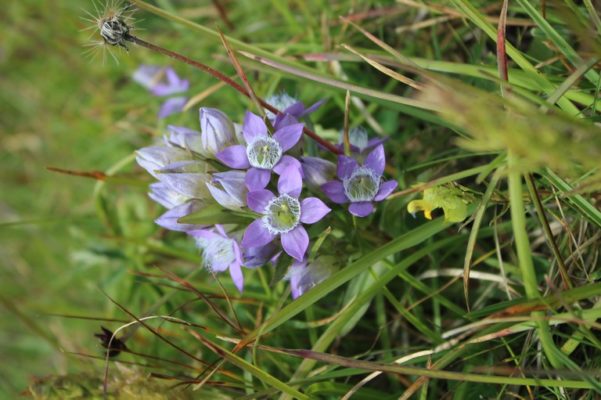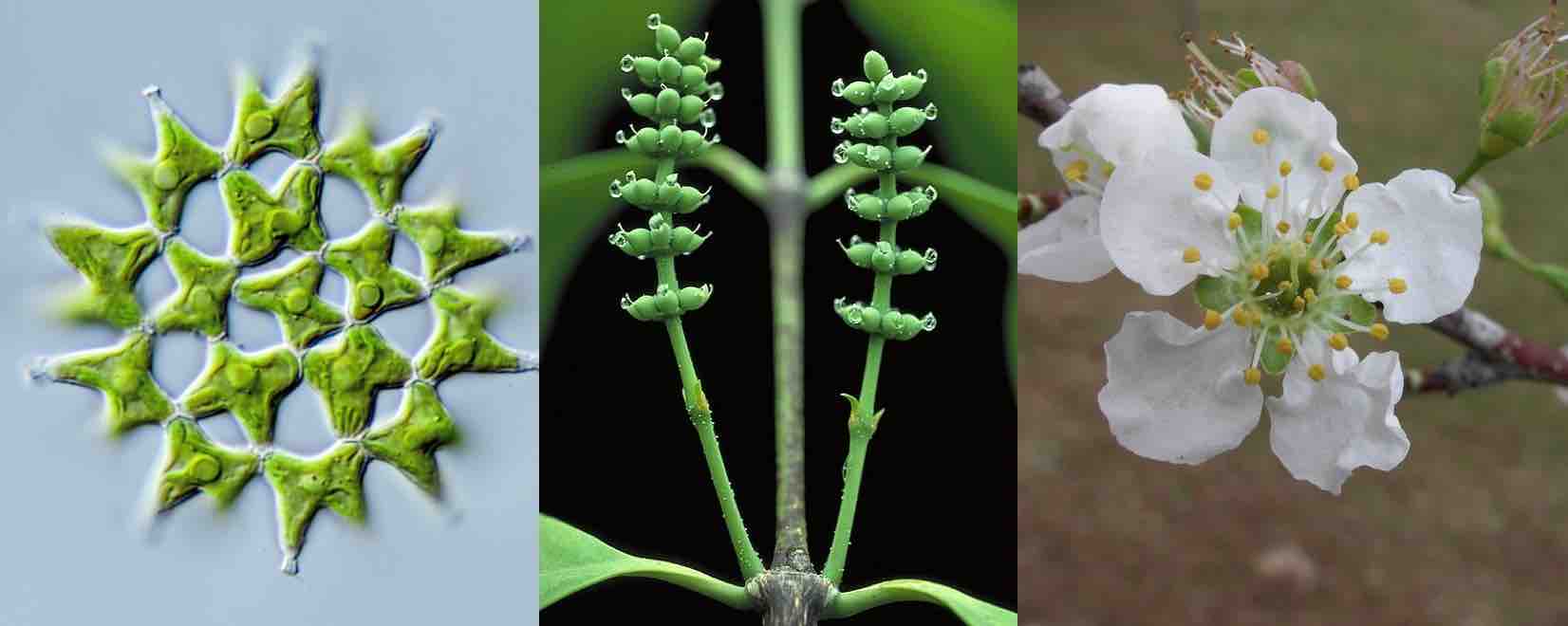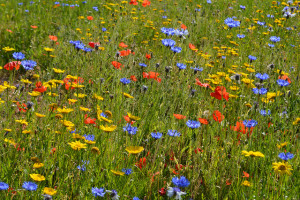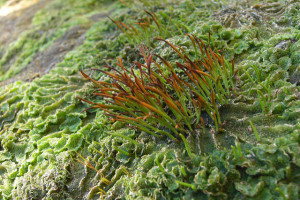







The 1000 plants initiative (1KP) is a multidisciplinary consortium aiming to generate large-scale gene sequencing data for over 1000 species of plants. Included in these species are those of interest to agriculture and medicines, as well as green algae, extremophytes and non-flowering plants. The project is funded by several supporters, and has already generated many published papers.
Gane Wong is a Professor in the Faculty of Science at the University of Alberta in Canada. Having previously worked on the Human Genome Project, he now leads the 1KP initiative. Dennis Stevenson, Vice President for Botanical Research, New York Botanical Garden, and Adjunct Professor, Cornell University (USA), studies the evolution and classification of the Cycadales. He became involved in the 1KP initiative as an opportunity to sample the breadth of green plant diversity.
We spoke to both Professor Stevenson (DS) and Professor Wong (GW) about the initiative. Professor Douglas Soltis from Florida Museum of Natural History also contributed to this blog post with input in editing the answers.
What do you think has been the biggest benefit of 1KP?
DS: This has been an unparalleled opportunity to reveal and understand the genes that have led to the plant diversity we see around us. We were able to study plants that were pivotal in terms of plant evolution but which have not previously been included in sequencing projects as they are not considered important economically

The 1KP project presented a fantastic opportunity to explore plant biodiversity. Photo by Bob Leckridge. Used under Creative Commons 2.0.
GW: The project was funded by the Government of Alberta and the investment firm Musea Ventures to raise the profile of the University of Alberta. Notably there was no requirement by the funders to sequence any particular species. I was able to ask the plant science community what the best possible use of these resources would be. The community was in full agreement that the money should be used to sample plant diversity.
Hopefully our work will change the thinking at the funding agencies regarding the value of sequencing biodiversity.
What techniques were utilized in this project to carry out the research?
GW: Complete genomes were too expensive to sequence. Many plants have unusually large genomes and de novo assembly of a polyploid genome remains difficult. To overcome this problem, we sequenced transcriptomes. However, this made our sample collection more difficult as the tissue had to be fresh. In addition, when we started the project, the software to assemble de novo transcriptomes did not work particularly well. I simply made a bet that these problems would be solved by the time we collected the samples and extracted the RNA. For the most part that’s what happened, although we did end up developing our own assembly software as well!
The 1KP initiative is an international consortium. How has the group evolved over time and what benefits have you seen from having this diverse set of skills?
GW: 1KP would not be where it is today without the participation of scientists around the world from many different backgrounds. For example, plant systematists who defined species of interest and provided the tissue samples worked alongside bioinformaticians who analyzed the data, and gene family experts who are now publishing fascinating stories about particular genes.
DS: One of the great things about this project is how it has evolved over time as new researchers became involved. There is no restriction on who can take part, which species can be studied or which questions can be asked of the data. This makes the 1KP initiative unique compared to more traditionally funded projects.
GW: We continually encouraged others to get involved and mine our data for interesting information. We did a lot of this through word of mouth and ended up with some highly interesting, unexpected discoveries. For example, an optogenetics group at MIT and Harvard used our data to develop new tools for mammalian neurosciences. This really highlights the importance of not restricting the species we study to those of known economic importance.
According to ISI outputs from this research, two of the most highly cited papers from 1KP are here and here.
You aimed to investigate a highly diverse array of plants. How many plants of the major phylogenetic groups have now been sequenced, and are you still working on expanding the data set?
DS: A lot of thought went into the species selection. We aimed for proportional representation (by number of species) of the major plant groups. We also aimed to represent the morphological diversity of those groups.
GW: Altogether, we generated 1345 transcriptomes from 1174 plant species.
Has this project lead to any breakthroughs in our understanding of the phylogeny of plants?
DS: This will be the first broad look at what the nuclear genome has to tell us, and the first meaningful comparison of large nuclear and plastid data sets. However, due to rapid evolution plus extinction, many parts of the plant evolutionary tree remain extremely difficult to solve.

Hornworts are non-vascular plants that grow in damp, humid places. Photo by Jason Hollinger. Used under Creative Commons License 2.0.
One significant breakthrough was the discovery of horizontal gene transfer from a hornwort to a group of ferns. This was unexpected and very interesting in terms of the ability of those ferns to be able to accommodate understory habitats.
GW: With regard to horizontal gene transfer, there are papers in the pipeline that will illustrate the discovery of even more of these events in other species. We have also studied gene duplications at the whole genome and gene family level. This is the most comprehensive survey ever undertaken, and people will be surprised at the scale of the discoveries. However, we will be releasing our findings shortly as part of a series and it would be unwise for us to give the story away here! Keep a look out for these!